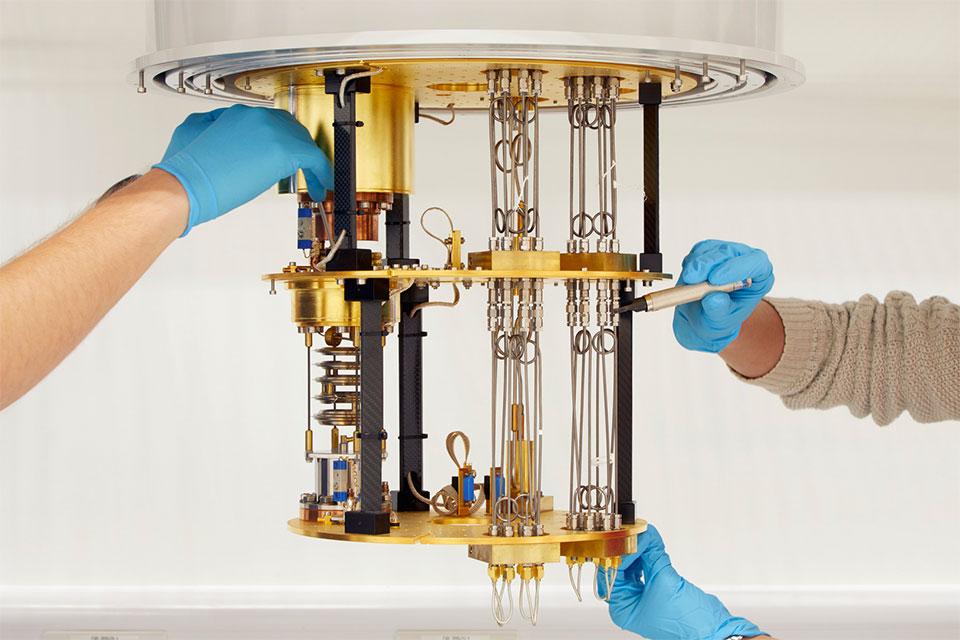Clarendon Laboratory, Department of Physics, University of Oxford, Parks Road, Oxford, OX1 3PU
John Singleton, National High Magnetic Field Laboratory Pulsed-Field Facility, Los Alamos
Maud Schmitt
High magnetic fields usually destroy superconductivity. However, this talk will describe a variety of measurements carried out in pulsed magnetic fields of up to 73 T, including transport, magnetometry, the magnetocaloric effect and MHz penetration depth, that show that UTe2 exhibits multiple high-field bulk superconducting phases. These include the highest magnetic field range of any re-entrant superconducting phase, with zero resistance persisting beyond 70 T.
Despite the huge range of magnetic field involved, all of the superconducting phases vanish at a similar temperature.
Superconductivity in such high magnetic fields presents a considerable challenge for current theoretical approaches. Whilst models such as the Jaccarino-Peter compensation effect can be eliminated as an explanation, the magnetic-fluctuation-mediated superconductivity mechanism thought to occur in heavy-fermion compounds such as URhGe could provide a qualitative understanding of UTe2. Finally, I discuss the “homogenizing” role of high magnetic fields in both UTe2 and systems such as CeOs4Sb12. In these materials, the zero-field properties are highly sensitive to details of the synthesis method and crystal quality, whereas the phase diagrams are unified in fields above 30 T.
*In UTe2 the superconductivity initially appears to be ”killed” by the magnetic field. But then, like Lazarus, it “rises from the dead” at a higher field. Thanks are due to the NHMFL publicity department for this (possibly useful) analogy which has now entered popular physics culture.

